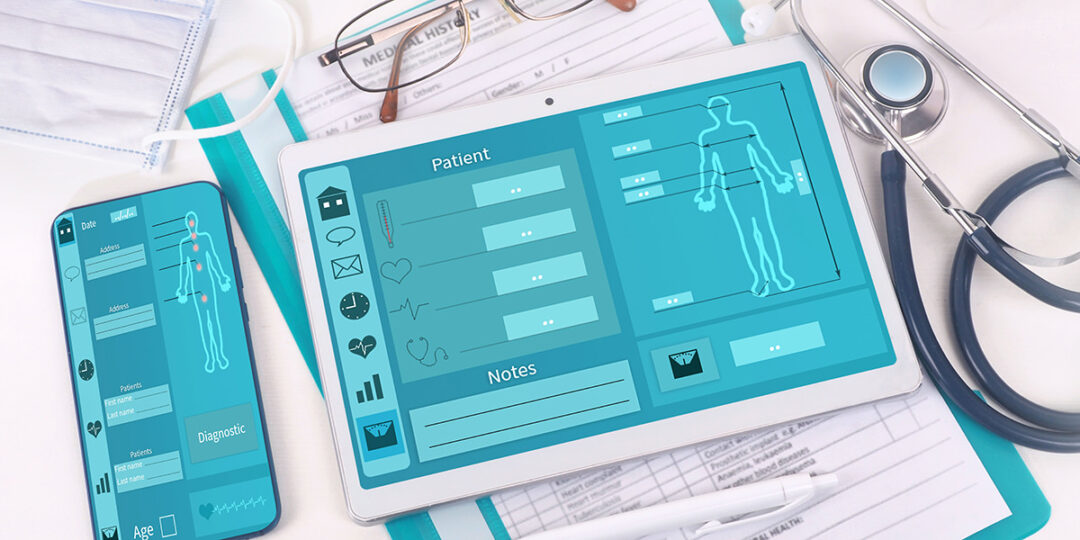CDC2123 is a five-year project supporting the National Department of Health (NDOH) in South Africa with identified priorities. The Health Information Systems Program South Africa (HISP-SA) supported the NDOH under the United States President’s Emergency Plan for AIDS Relief (PEPFAR) through the Centre for Disease Control and Prevention (CDC). This project benefited from excellent stakeholder collaboration between the CDC, HISP-SA, and NDOH.
Year 1 focused on two strategies – firstly, developing digital applications and services to improve health services for patients and health workers, focusing on the Health Patient Registration System (HPRS), TIER.Net assessment, and DHIS2. The strategic significance contributes towards a single unique patient identifier, which forms the backbone of an electronic health patient record. It creates an environment for interoperability of systems aligned to the National Health Insurance (NHI) operations.
The second strategy supports the digital health technical capacity for technology support and implementation to deploy, scale, use, and sustain national HIS. Strategically, this allows us to design and develop training content as departmental tools for the use of training on various platforms and to build departmental capacity for transition.
The HPRS is the authoritative source of health user Demographic Data, National Health Insurance Beneficiary Registry and a catalyst for an Electronic Health Record for South Africa. It is a critical component of shared structure required to enable HIS interoperability and facilitates efficiency for patient administration. HPRS has been implemented in 40 hospitals this year and will be further implemented across South Africa, enabling tracking of patients at all levels of the health care system.
HPRS and National health laboratory services (NHLS) have been linked in 314 primary healthcare (PHC). The link between HPRS and NHLS will empower clinicians to access laboratory results in facility consulting rooms using the unique identifer produced by HPRS, thus improving the patient’s continuity of care, reducing the waiting times for lab results and reducing the number of repeat tests for a single patient
Capacity Building engagements occurred through online self-paced, and face-to-face trainings. A total of 757 NDOH staff were capacitated. Trainings have enabled 109 facilities and 238 participants to implement Daily Data Capturing (DDC), and 519 particpants were coached in the use of DHIS2 and Data Quality across various Provinces, Districts and facilities.
Year 2 of the project continues to strengthen digital applications and services to improve health services for patients.
